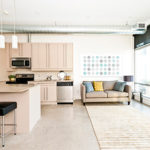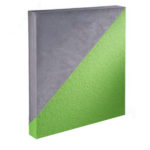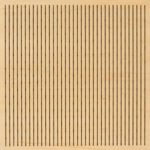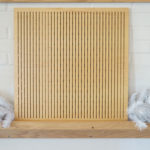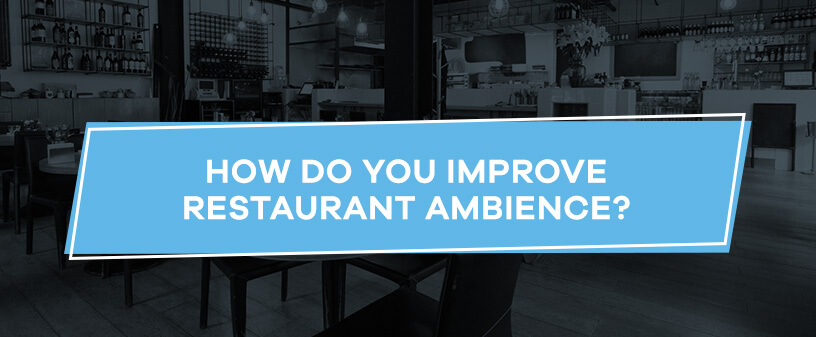
When you own a restaurant, it is impossible to ignore the competition. You must create a pleasant environment for customers to enjoy food, drinks and conversation with others.
Paying attention to restaurant ambience can be the difference between someone dining with you versus a chain down the street. Here is how to improve a restaurant ambience to drive consistent sales and a positive customer experience.
1. Choose Lighting Carefully
A significant part of your restaurant’s ambience comes as a result of lighting selections. It is not always about picking out the most decorative and expensive lights on the market. Instead, focus on illuminating spaces for their intended purposes.
Decide whether you want to offer a lively dining experience with places to move around or a more intimate setting. Casual dining locations are better suited for bright lights with blue and white hues, whereas dim lights shining yellow and orange provide an elegant and calming vibe for guests.
Think about the location of the lights as well. Brightening certain areas can help direct foot traffic, highlight stylish architectural features and draw eyes to available tables.
2. Control Sound Levels
Some restaurants draw big crowds and live music. Working in large open spaces can result in reverberations moving between floors, walls and ceilings. This can make it hard for guests to hear performers and people sitting close by.
Incorporating solutions like wall-mounted acoustic panels and ceiling acoustic panels lets your space absorb reverberations and reduce echoing. Many acoustic panels are lightweight and are easy to install inside your restaurant for convenience.
3. Focus on Interior Decor
Your restaurant’s decor should indicate the type of cuisine and experience you will offer. Pay attention to the color schemes of furniture, plants, window decorations, mirrors, and art you will place throughout the business. Go with calming tones to convey a more serene and peaceful setting. Bright pops of color create an ambience that is more visually eye-catching.
Soundproof Cow makes it easy to prioritize your interior decor style while controlling sound levels. Art acoustic panels showcase one-of-a-kind images and patterns across fabric-wrapped acoustic panels. Applied using DyeFusion™ technology, photos and graphics add personality to dining areas, bars, booths, and tables.
4. Map out Table Placement
Your restaurant’s floor plan must be logical for servers and pleasant for guests. Think about where seating areas will be in relation to a noisy kitchen, music stage and entryways. Ideally, your servers will easily be able to reach those dining with you without jeopardizing customer comfort — place tables so that the backs of chairs are at least 2 feet apart.
Be sure to put tables in locations that allow for privacy and scenic views when possible.
5. Prioritize Cleanliness
One of the best ways to enhance restaurant ambience is to keep the environment clean. Regardless of the type of food and drink you serve, customers prefer a tidy space to dine and spend their time.
Cleanliness applies to all aspects of your restaurant — from tables, plates and silverware to waiting areas and restrooms, you must maintain the items and amenities your customers will use.
Browse Soundproof Cow Products to Better Your Restaurant’s Ambience
Soundproof Cow simplifies the complexities of acoustics and makes it simple to treat rooms inside a restaurant.
Browse our full collection of acoustic panels to take control of your sound situation today.




